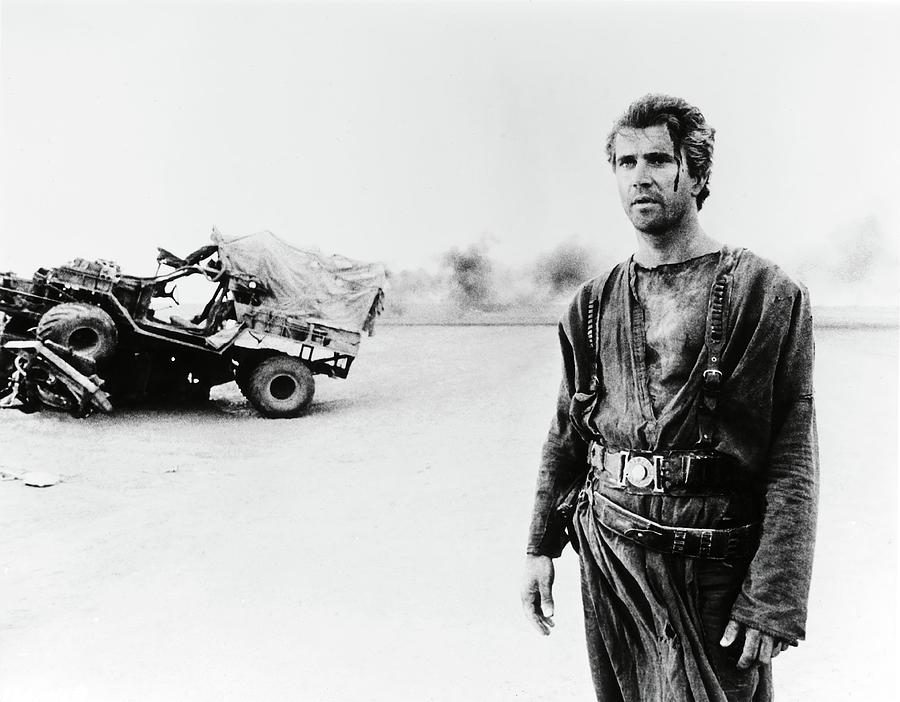
The only thing really in common was that it was Mel Gibson. So it was a different film in tone, in style and everything. So the second film had to be different from the first. And for me, personally, it was on the condition that I was able to overcome all the mistakes that I thought I learned from the first film. It’s got to be its own thing.Īfter I made the first “Mad Max” all those years ago, I didn’t want to make another “Mad Max” film. You’re definitely looking to not repeat what you’ve just done and you are looking to make it, if you like, uniquely familiar. You’re not looking for more, you’re looking for it to be as good as it can be. You’re striving to make each film better but not necessarily more. It’s not a question I’ve really asked myself. Given the success of “Fury Road,” do you feel pressure to somehow top yourself with “Furiosa,” to make something even bigger and wilder?

First mad max movie movie#
Making one movie while promoting another leads to the occasional confusion, such as when Miller accidentally referred to the main character of one movie by the name of the other. She is reluctant to use his power to grant her wishes, further complicating their dynamic.įor a recent interview, Miller was on a video call from his home in Sydney, Australia, where he was deep into production on the anticipated “Fury Road” prequel “Furiosa,” in which Anya Taylor-Joy takes over the role originated by Charlize Theron. There she encounters a Djinn ( Idris Elba), a magical being who tells her of his encounters across millennia.

Byatt’s 1994 short story “The Djinn in the Nightingale’s Eye.” Tilda Swinton plays Alithea Binnie, a narratologist (she studies storytelling) who has traveled from her home in London to a conference in Istanbul.

The film, which opens nationwide Friday, is adapted by Miller and his daughter Augusta Gore from A.S. As the follow-up to his groundbreaking “Mad Max: Fury Road,” the high-energy desert chase action movie that won six Oscars, Australian filmmaker George Miller is set to surprise audiences again with “Three Thousand Years of Longing.”


 0 kommentar(er)
0 kommentar(er)
